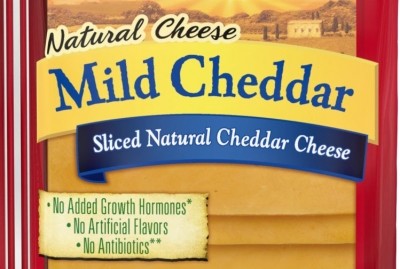Marketing shortfalls hold dairy back from seizing full potential offered by demand for functional products

Growing at a compound annual growth rate of 7.5%, the global functional food market is projected to reach $309bn by 2027 as consumers increasingly look for products that deliver more than taste and sustenance, according to Precedence Research. Leading the category in terms of value in 2019 was dairy, which Precedence Research predicted late last year would expand at a CAGR of 8% through 2027, thanks in part to is ability to meet demand for products that support immunity, digestive health, sports recovery, hydration and more.
But dairy is at risk of losing its pole position to other categories because many consumers don’t understand the basic benefits it offers – a shortcoming that is compounded by many brands’ failure to fully use packaging to tout their products’ nutritional and functional value.
“There is an opportunity being missed … if you’re not telling consumers that dairy is a good source of calcium, protein and vitamin D,” said John Crawford, vice president of client insights for dairy at IRI Worldwide.
He explained during a webinar hosted by VentureFuel that while many consumers are researching nutrition and functional benefits of different foods, beverages, spices and supplements, most don’t know the inherent nutritional value that dairy offers.
“Particularly younger consumers don’t know,” he said.
While older Millennials and Generation Z grew up with marketing campaigns touting “milk it does a body good” and urging them the “pass it on” how milk supports strong bones, healthy hair and teeth and muscle development, younger generations, Crawford said that younger generations “didn’t grow up on all the research that came through with milk and dairy.”
Maximize packaging to deliver benefit messaging
Dairy products can begin to get this message out better by using their packaging more effectively, Crawford said.
“Think about that little teeny sticker on a gallon of milk and all that space that’s wasted. It could have some kind of communication,” he said, pointing to Fairlife as a counter-example.
“Think about how Fairlife wrapped its bottle and the whole entire gallon is now a billboard for them to be able to communicate all the benefits,” Crawford said. “Think about what Fairlife has done right in terms of they’re really communicating on that package their message of lower sugar, higher protein, lactose free, their extended shelf life.”
Digestion, antioxidant, calcium and protein claims are underused in dairy
Crawford noted that claims currently “popping in dairy” include no- or low-carb, grass-fed, and non-GMO, but he sees potential for more specific nutrient and health claims.
“It is interesting to see the digestive claims are only up 6%,” but that might be related to sales of single-serve yogurt dropping during the pandemic, “organic claims in dairy is up only 4%, antioxidants are up 3%, calcium is only up 3% and protein is only up 2%,” Crawford said.
He explained all of these are missed opportunities as they all communicate sought-after value to consumers that dairy can deliver.
Crawford also sees the hydrating benefits of dairy as an important emerging functional area, in addition to sport and fitness recovery.
“If you think about the size of the water category or the size of sports drink category or of the energy category,” they are all large and top drivers, especially at convenience, and areas where dairy, such as fluid milk, can play and potentially regain ground lost to plant-based dairy alternatives, Crawford said.
Ultimately, though, he said, he is most excited about “the possibilities for milk and dairy and the low hanging fruit of communicating their benefits, and the ability to counter some of the negative publicity that is out there.”
















